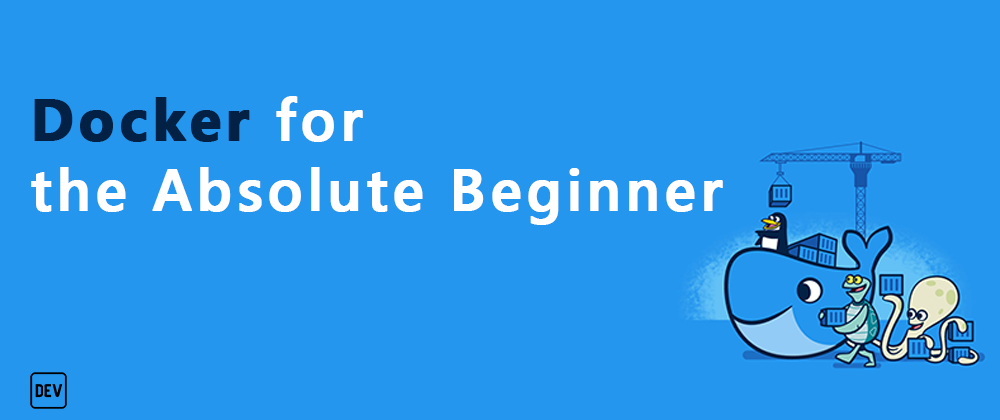Introduction
Dive into the realm of Docker, a powerful tool that revolutionizes how developers package and deploy their applications. Docker's cutting-edge technology enables the encapsulation of applications along with their dependencies into lightweight, standalone containers. This blog post will embark on a comprehensive journey to demystify Docker for absolute beginners, empowering you with the knowledge to leverage its capabilities and elevate your development workflow. 🚀
Understanding Containers
Containers are self-contained environments that bundle an application with all its dependencies, including libraries, configuration files, and more. They provide a consistent execution environment, ensuring that applications run flawlessly across different environments, be it a developer's local machine or a production server. 📦
Benefits of Containers
- Isolation: Containers provide isolation between applications, allowing multiple applications to run harmoniously on a single host without conflicts.
- Portability: Applications running in containers can be easily moved between different machines, cloud platforms, or even operating systems without the need for modification.
- Resource Optimization: Containers efficiently utilize system resources, leading to improved performance and cost savings.
Installing Docker
To get started with Docker, you need to install Docker Desktop, which provides a graphical user interface (GUI) for managing containers. Follow the official Docker installation guide for your operating system:
Creating Your First Container
Once Docker is installed, you can create your first container using the following steps:
- Open Docker Desktop and click on "New Project."
- Select an image. An image is a blueprint for creating a container. You can choose from a wide range of pre-built images available on Docker Hub, or you can create your own custom images.
- Click on "Run." Docker will download the image and start the container.
Managing Containers
Docker provides a suite of commands for managing containers. Some of the most commonly used commands include:
-
docker run: Creates and starts a container. -
docker start: Starts a stopped container. -
docker stop: Stops a running container. -
docker rm: Removes a container. -
docker ps: Lists all running containers. -
docker images: Lists all images available on the host. -
docker pull: Downloads an image from Docker Hub.
Conclusion
Docker opens up a new world of possibilities for developers, enabling them to create, deploy, and manage applications more efficiently. With its emphasis on isolation, portability, and resource optimization, Docker has become an indispensable tool for modern software development.
Summary
- Docker is a tool that allows developers to package their applications and dependencies into lightweight, standalone containers.
- Containers provide isolation, portability, and resource optimization benefits.
- Docker Desktop is a GUI for managing containers.
- Commonly used Docker commands include
docker run,docker start,docker stop,docker rm,docker ps,docker images, anddocker pull.
CTC:
Dive into the world of Docker and unlock the potential of containerized applications. From installation to creating and managing containers, this comprehensive guide equips you with the knowledge and skills to leverage Docker's capabilities and transform your development workflow. Start your Docker journey today and unlock the power of efficient, portable, and isolated application execution! 🐳







Top comments (0)